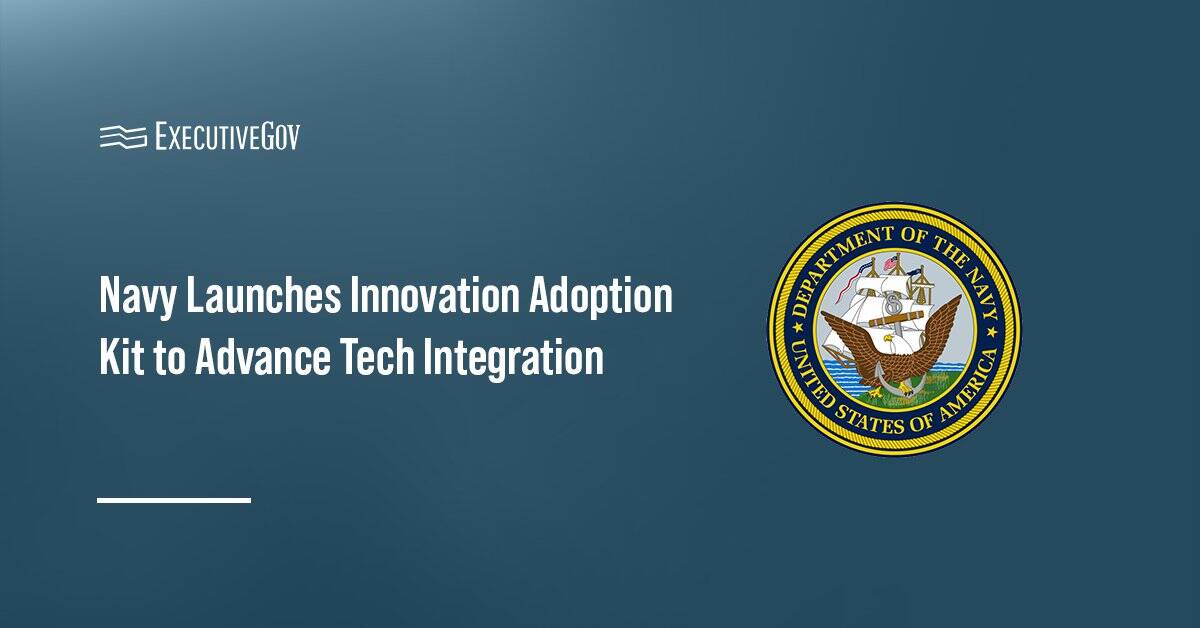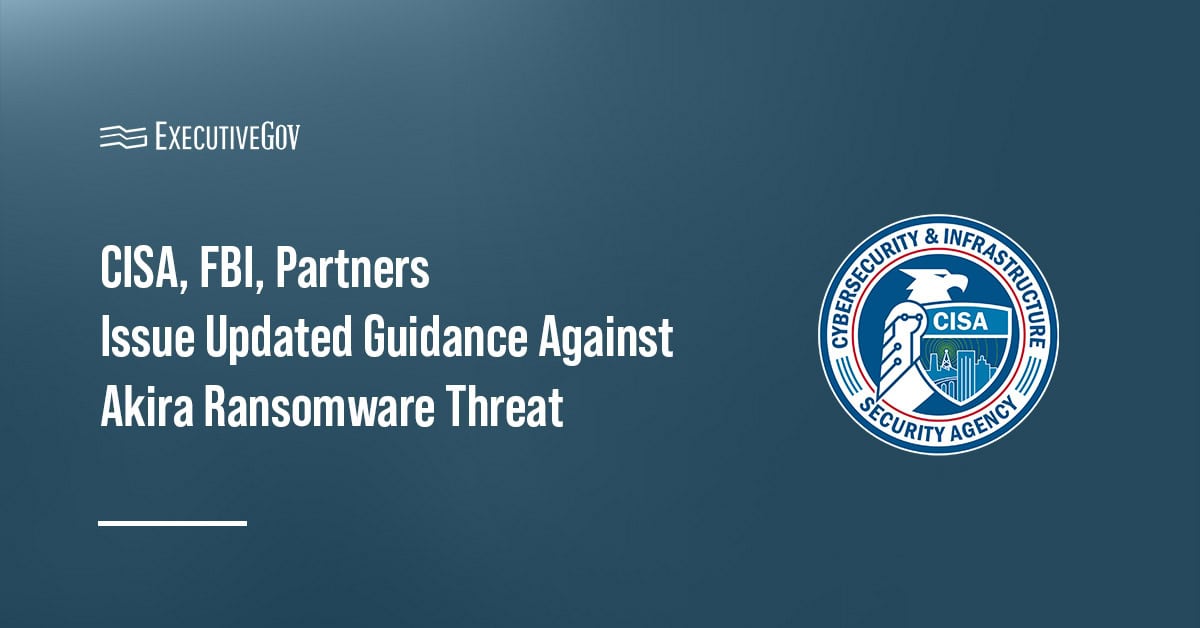The Department of Defense is seeking a cloud-based information technology capability that will be used by analysts under the agency’s biosurveillance program to help mitigate health and biological threats.
The capability is envisioned as an artificial intelligence and machine learning-powered platform that would enable analysts to address biosurveillance queries by ingesting data and providing anticipatory analysis, according to a commercial solutions opening posted on the Defense Innovation Unit website.
The same system would also work to provide all levels of command with situational awareness.
Multiple agreement awards are expected to result from the CSO, although contractors experienced in developing software at the Top Secret level are preferred.
Interested parties have until June 7 to respond.





